
Xylophanes tersa, the tersa sphinx, is a moth of the family Sphingidae. The species was first described by Carl Linnaeus in 1771. It is found from the United States, through Mexico, the West Indies and Central America and into parts of South America. An occasional stray can be found as far north as Canada.

Xylophanes anubus is a moth of the family Sphingidae first described by Pieter Cramer in 1777.

Xylophanes ceratomioides is a moth of the family Sphingidae. It is known from Mexico, Belize, Costa Rica, French Guiana, Bolivia, Argentina and Venezuela, down into southern Brazil. Rare vagrants have been found up to southern Arizona.

Xylophanes crotonis is a moth of the family Sphingidae first described by Francis Walker in 1870.

Xylophanes acrus is a moth of the family Sphingidae. It is known to be present in Panama, Costa Rica and Honduras.
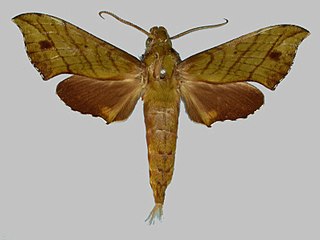
Xylophanes adalia is a moth of the family Sphingidae first described by Herbert Druce in 1881. It is known from Panama, Costa Rica north to south-eastern Belize and Mexico. In the south, it ranges as far as Ecuador.

Xylophanes belti is a moth of the family Sphingidae first described by Herbert Druce in 1878.
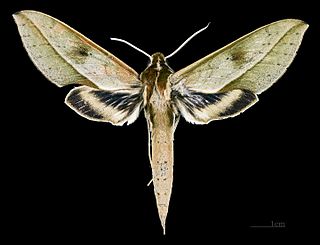
Xylophanes cyrene is a moth of the family Sphingidae first described by Herbert Druce in 1881. It is found in Mexico, Panama, Costa Rica, Guatemala, Belize and south to Oxapampa in Peru.

Xylophanes epaphus is a moth of the family Sphingidae first described by Jean Baptiste Boisduval in 1875. It is found from French Guiana possibly as far south as Argentina.

Xylophanes fosteri is a moth of the family Sphingidae. It is known from Paraguay, but is probably also found in Argentina.

Xylophanes germen is a moth of the family Sphingidae. It is known from Mexico, Costa Rica, Guatemala and is found from Venezuela to Bolivia.

Xylophanes guianensis is a moth of the family Sphingidae.
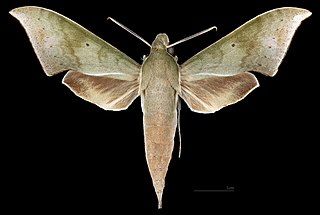
Xylophanes hannemanni is a moth of the family Sphingidae. It is known from Mexico, Guatemala, Nicaragua, Costa Rica and Panama and further south through Ecuador to Peru and Bolivia.

Xylophanes indistincta is a moth of the family Sphingidae.
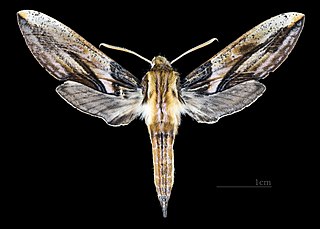
Xylophanes jordani is a moth of the family Sphingidae.
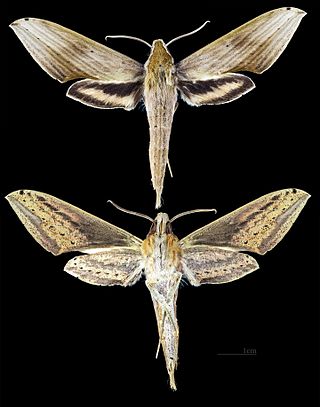
Xylophanes libya, the Libya sphinx, is a moth of the family Sphingidae. The species was first described by Herbert Druce in 1878. It is known from southern Texas, Mexico, Belize, Guatemala, Panama and from Venezuela south and west to Bolivia and Paraguay.
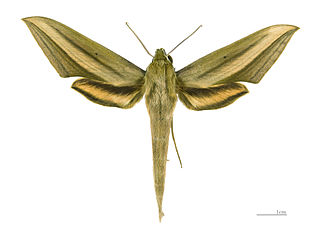
Xylophanes loelia is a moth of the family Sphingidae first described by Herbert Druce in 1878.

Xylophanes marginalis is a moth of the family Sphingidae. It is known from Brazil, Paraguay and Argentina.

Xylophanes porcus, the porcus sphinx, is a moth of the family Sphingidae. The family was first described by Jacob Hübner in 1823.

Xylophanes zurcheri is a moth of the family Sphingidae first described by Herbert Druce in 1894.























